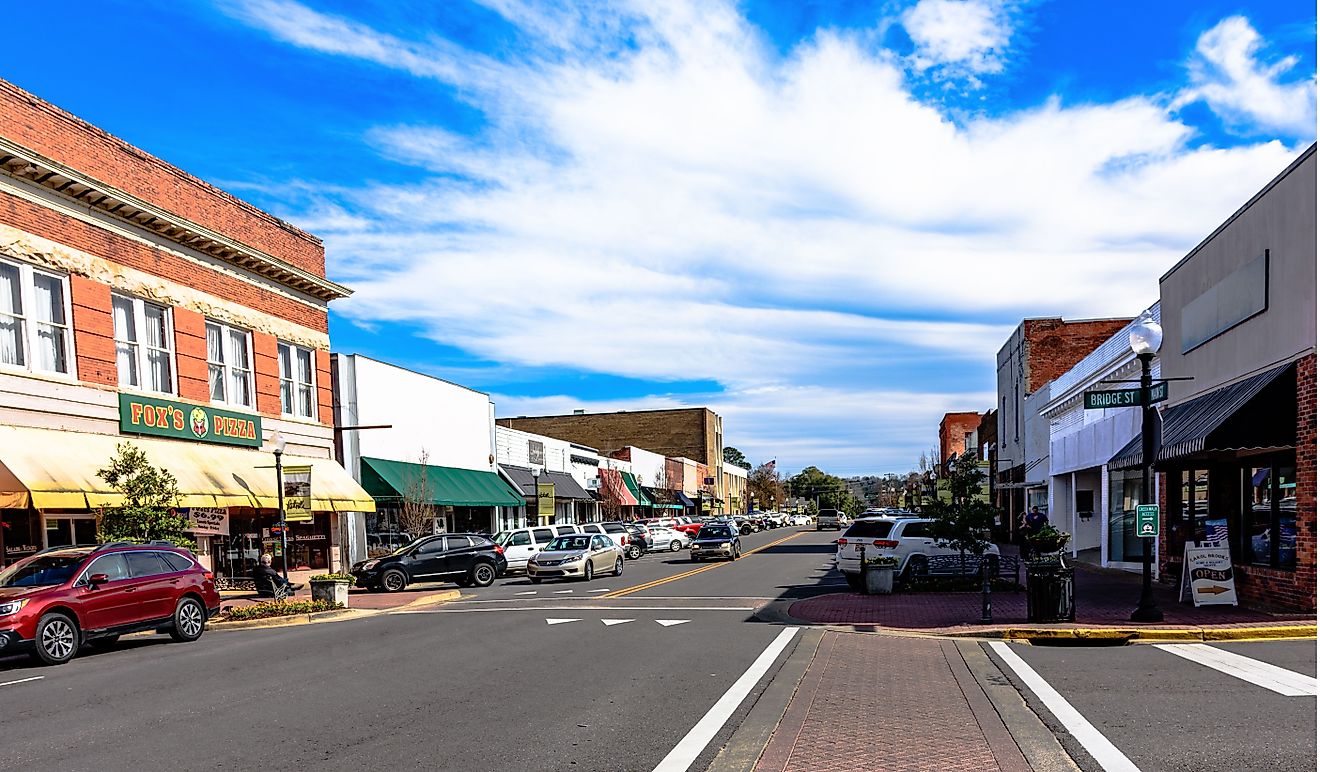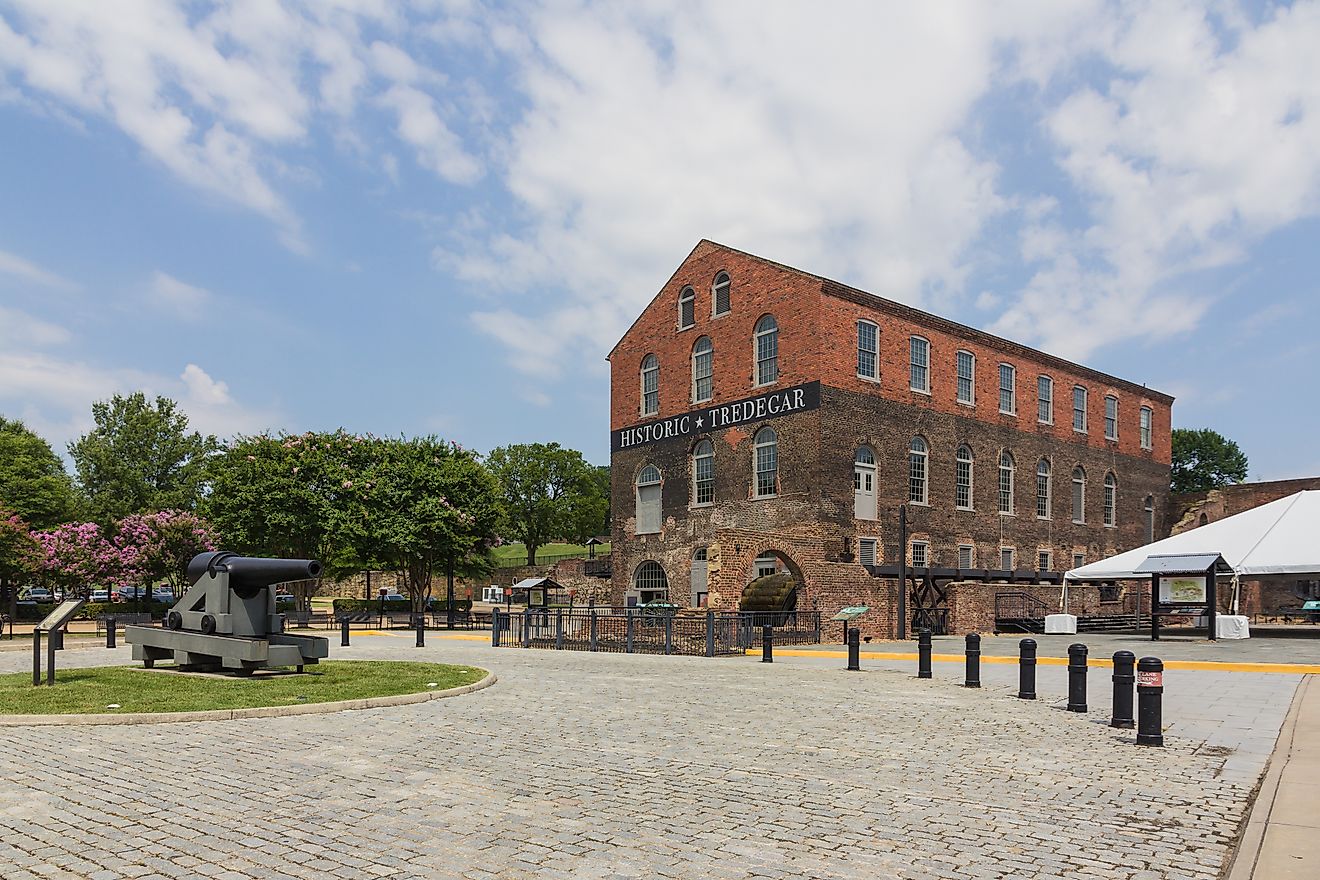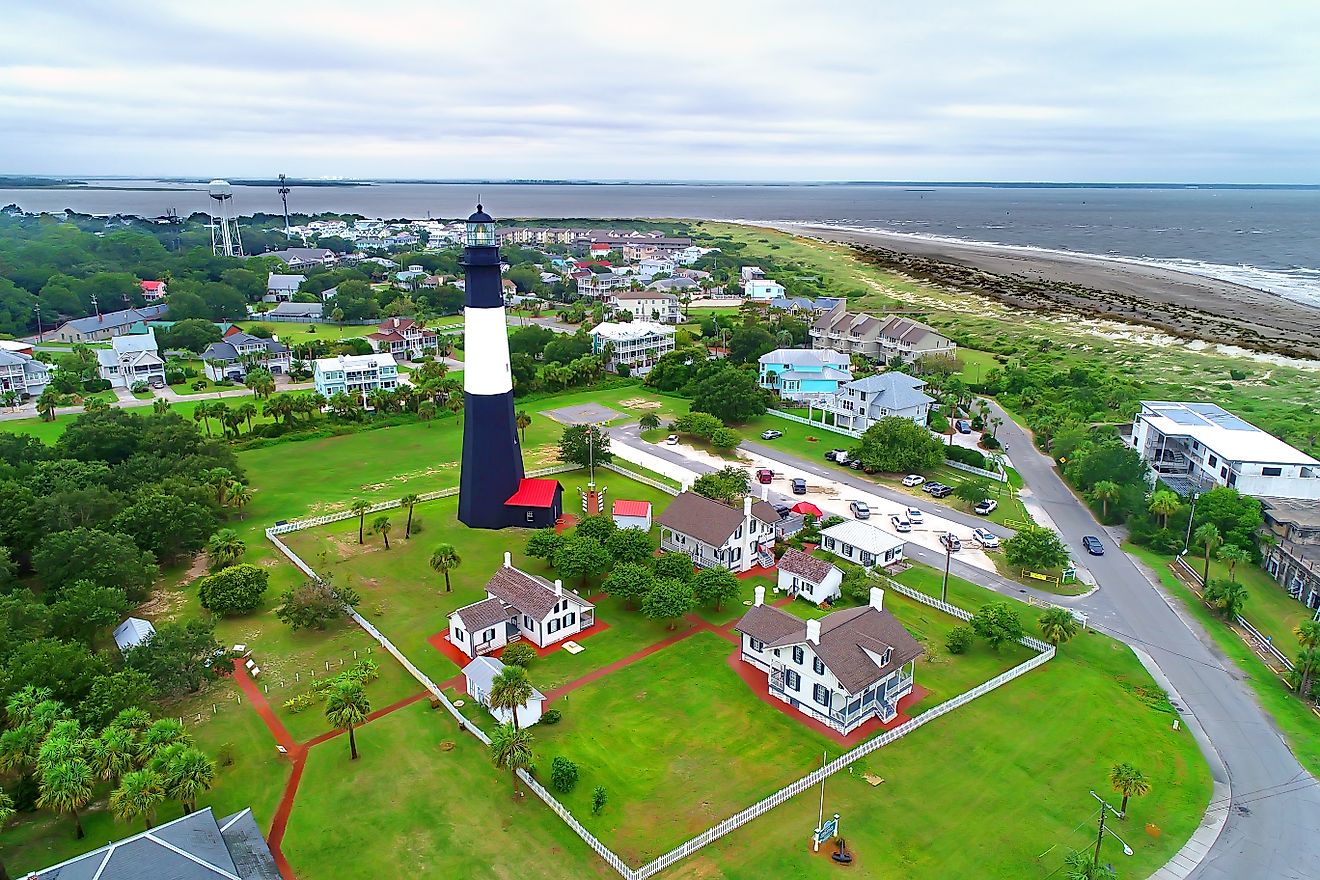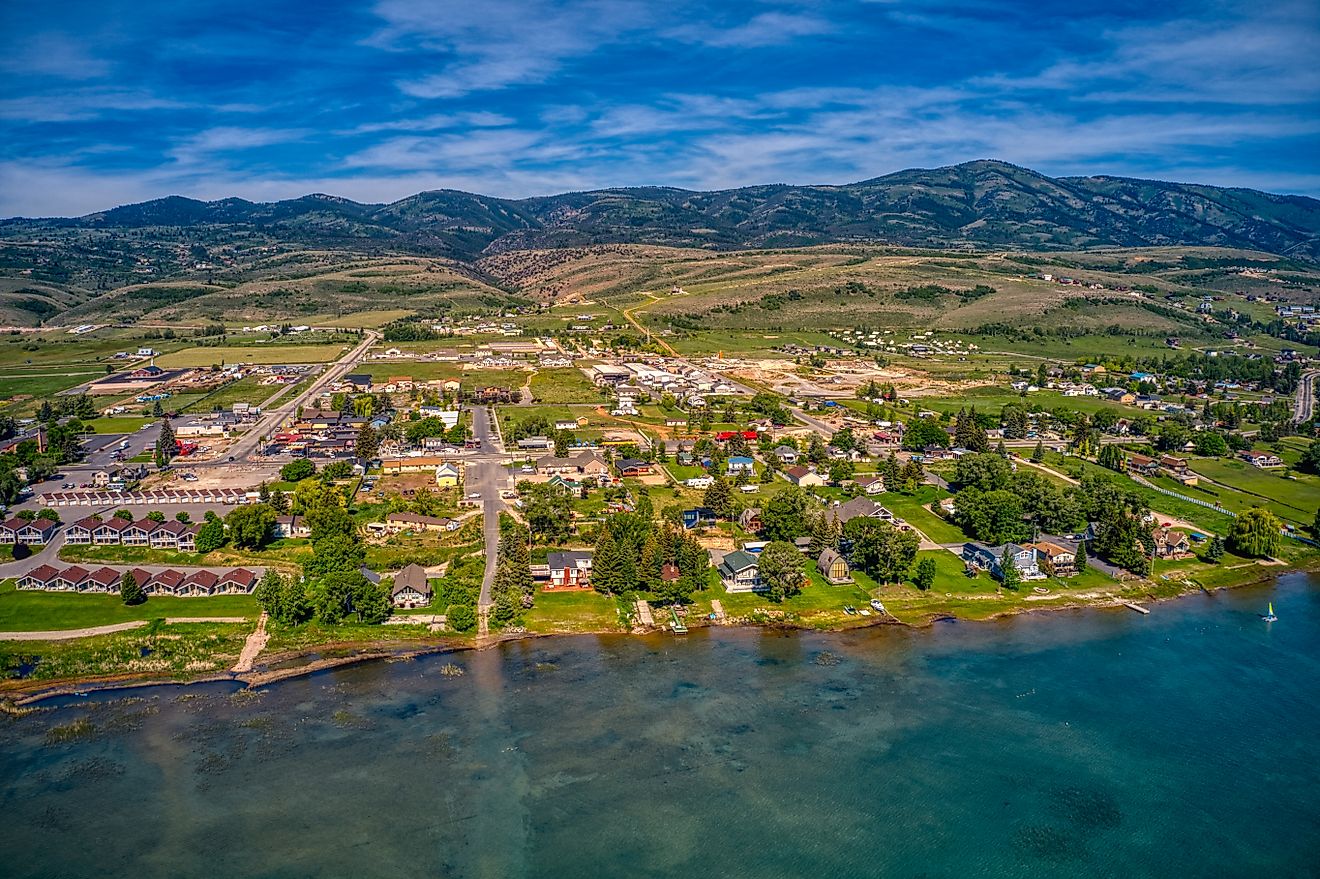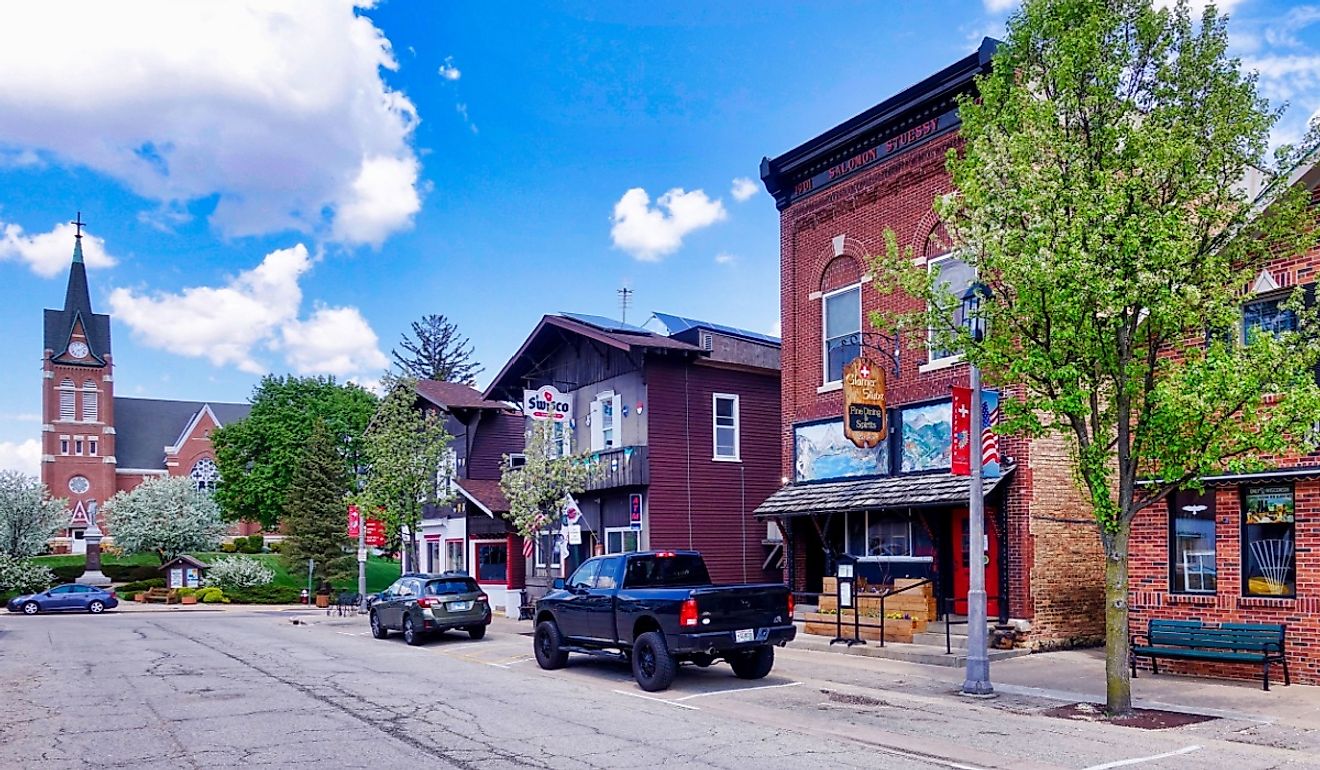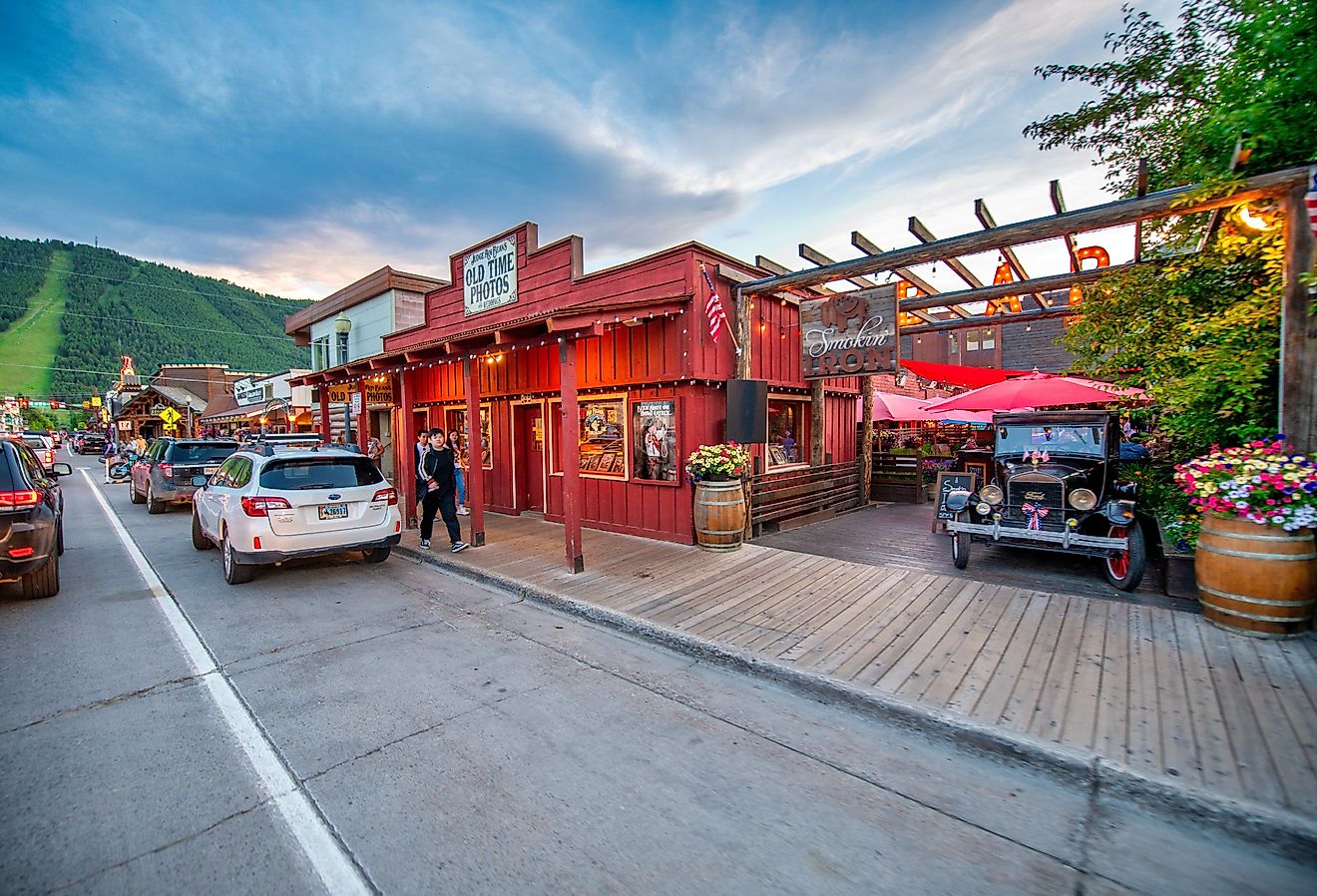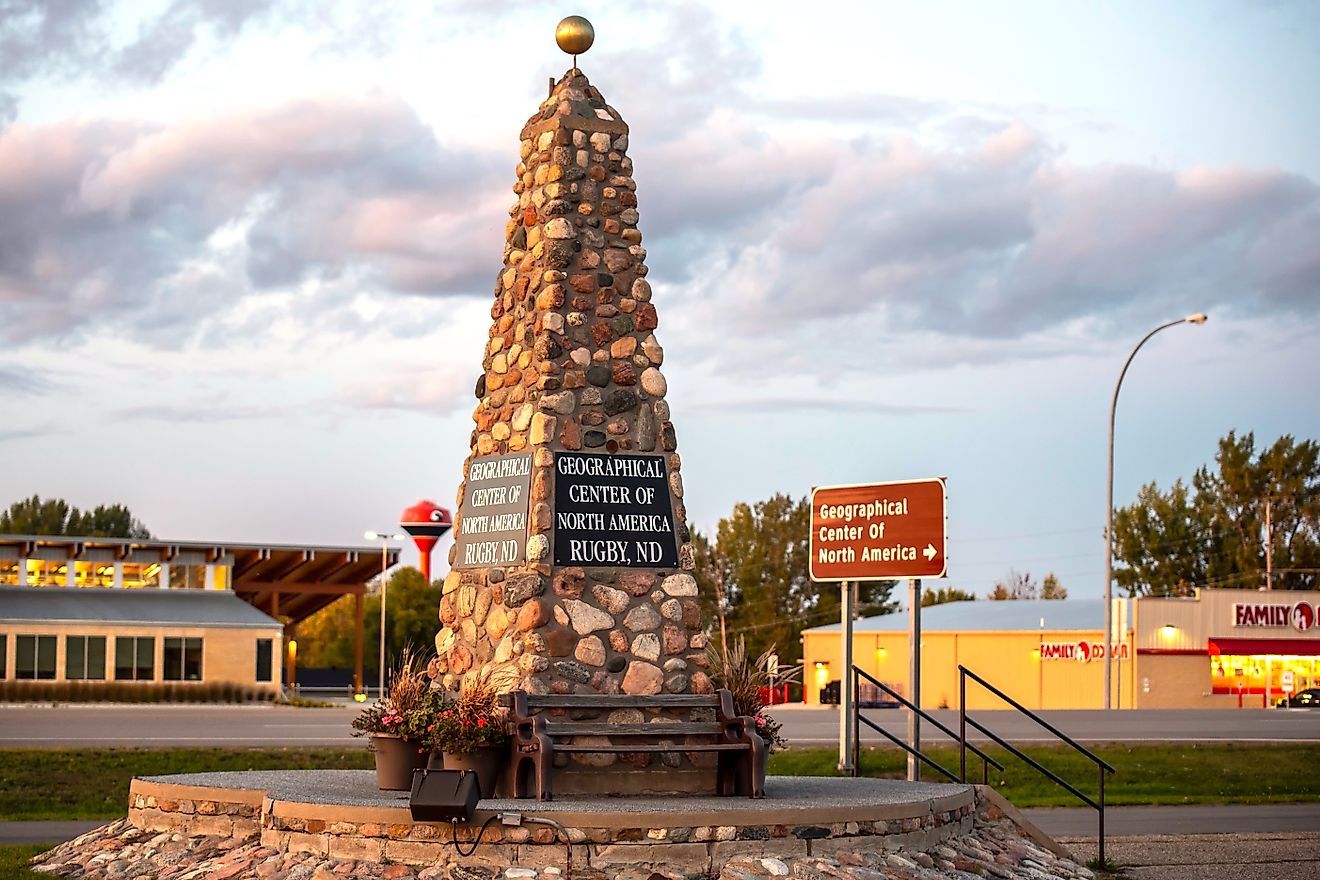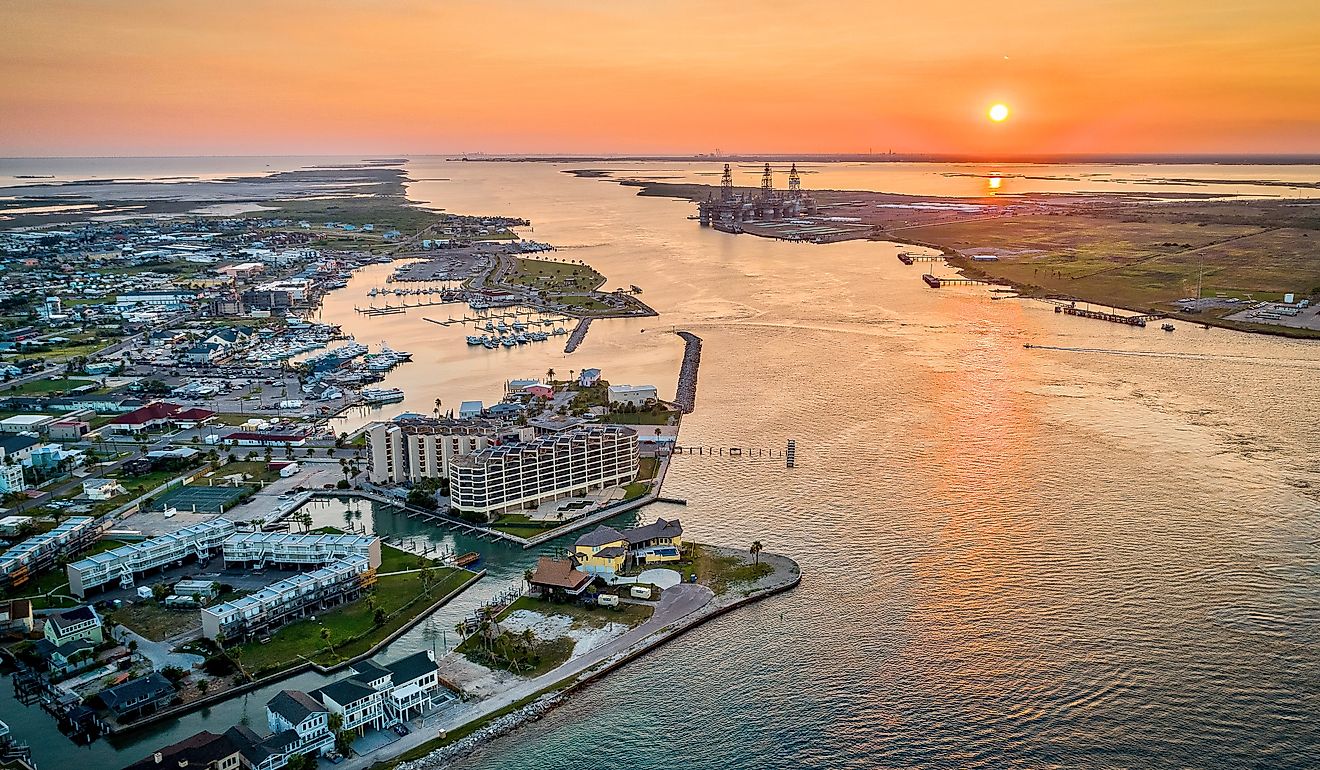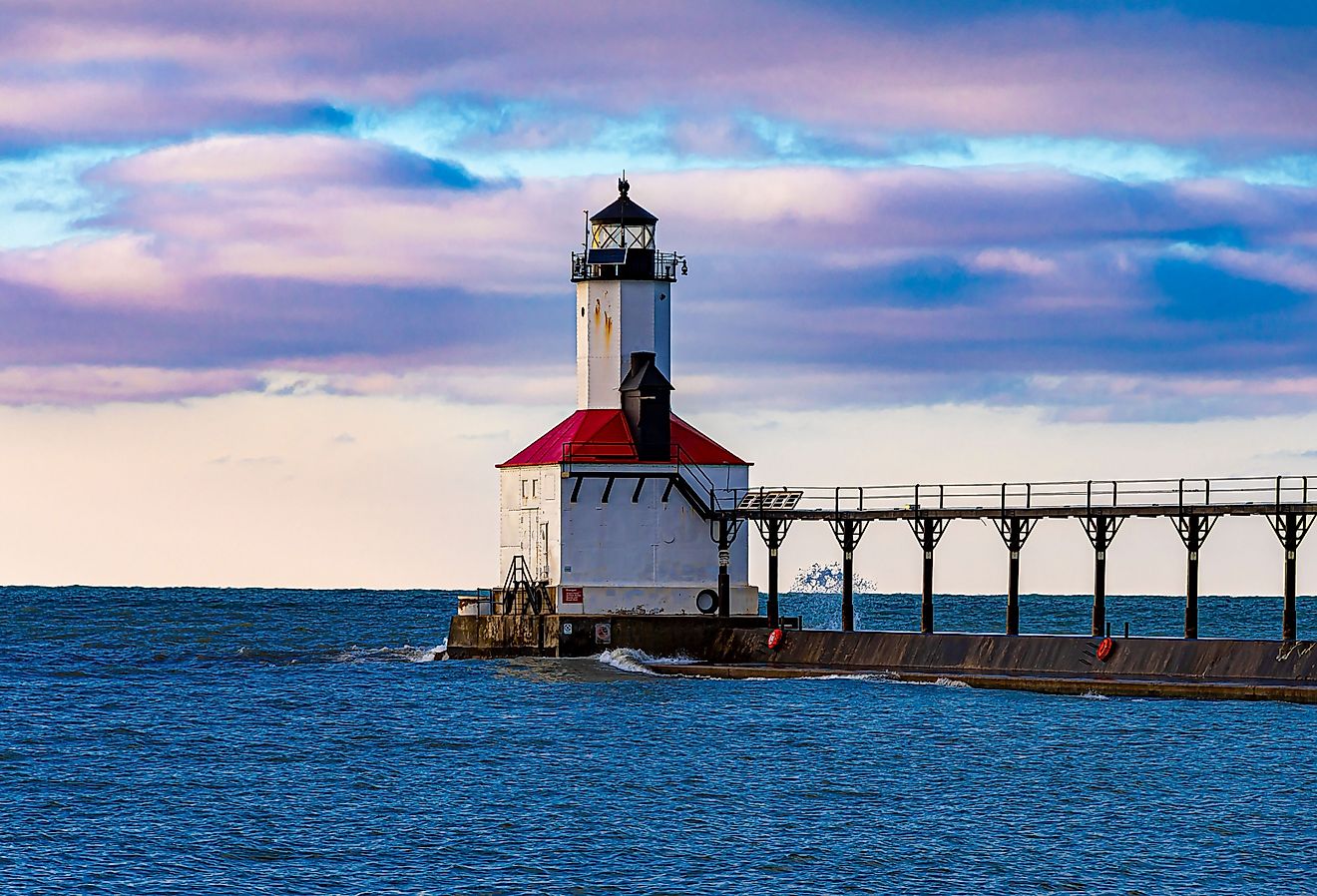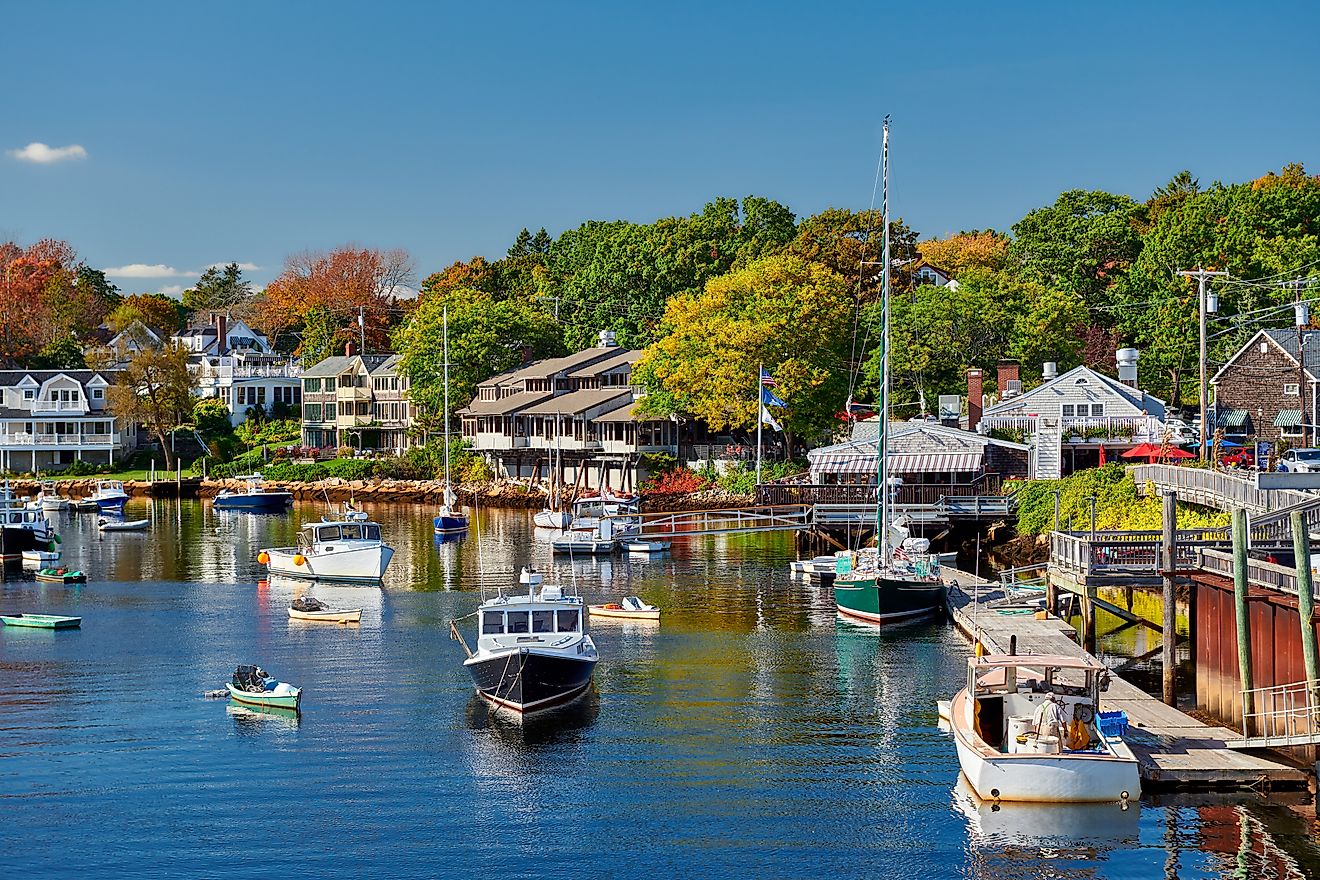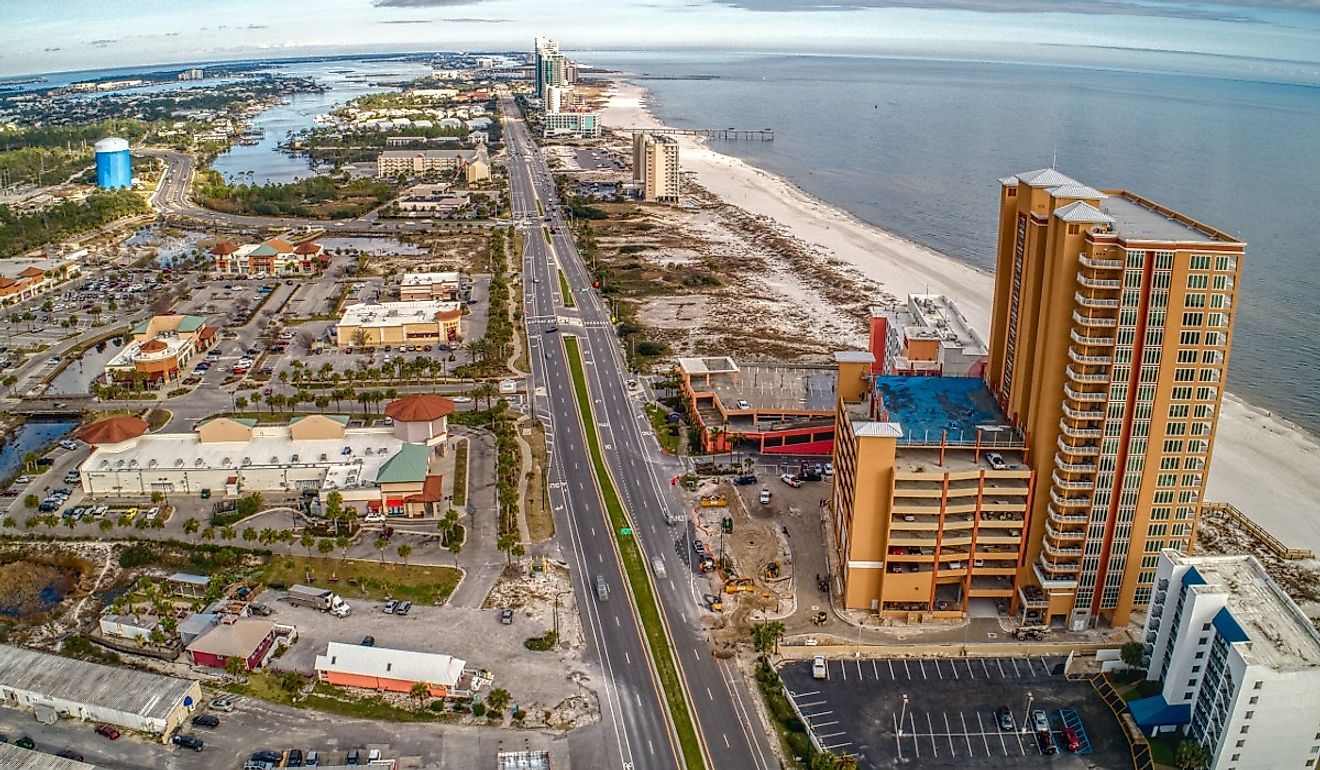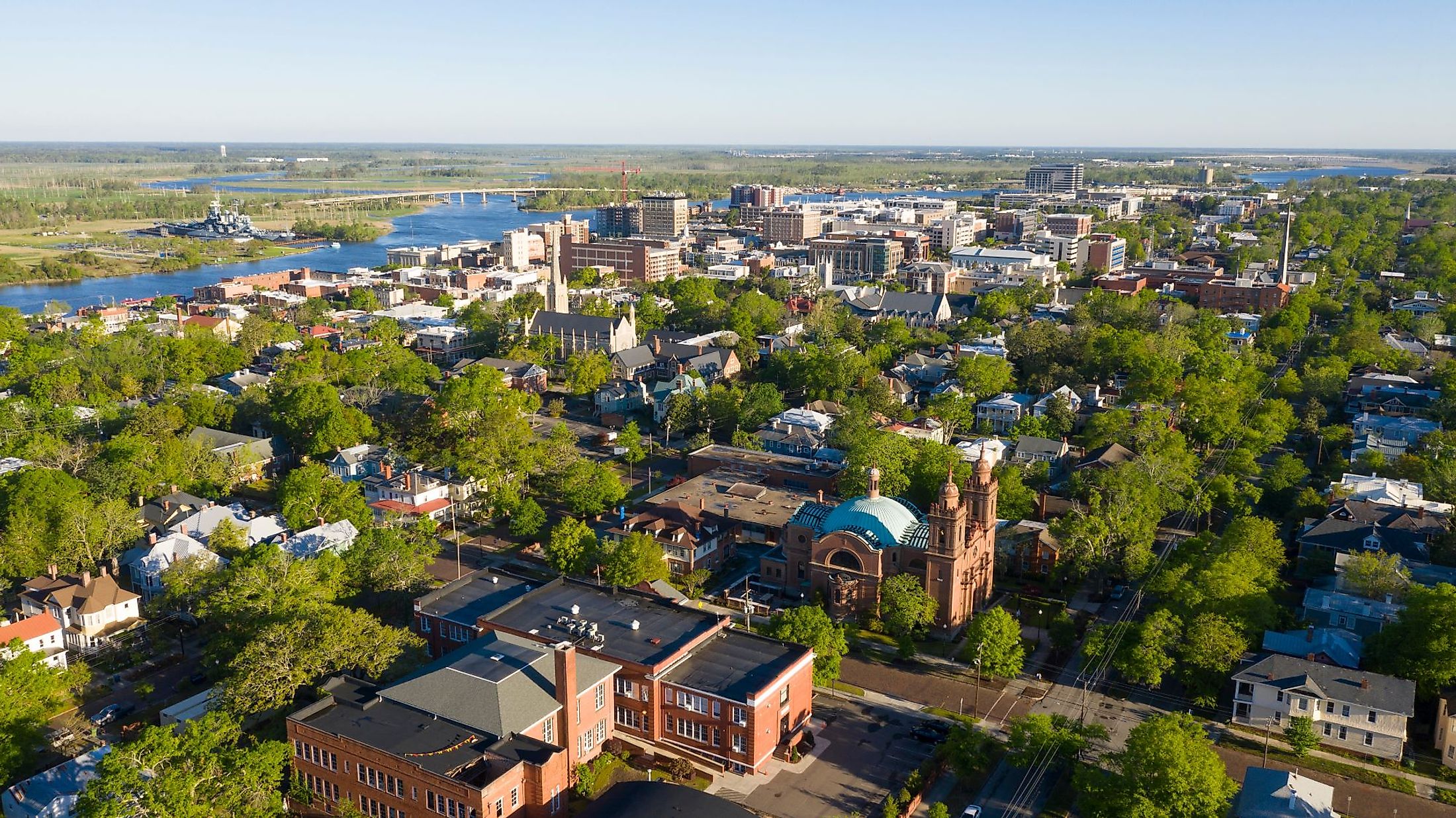
Wilmington, North Carolina
Wilmington is a vibrant riverfront city with the most accessible shoreline in the US state of North Carolina. It lies in New Hanover County, between the Cape Fear River and the Atlantic Ocean. The USS North Carolina Battleship Memorial is located in the city and has a big harbor. The city features a notable historic quarter and is located close to beautiful beaches. Annual events such as Riverfest and the world-famous North Carolina Azalea Festival draw people to the city throughout the year. Three neighboring island beaches provide even more restaurants, attractions, and water sports.
Geography And Climate Of Wilmington

Wilmington is a port city situated in New Hanover County in the coastal southeastern portion of the US state of North Carolina. The city covers a total area of 137.19 sq. km, divided into 133.14 sq. km of land and 4.05 sq. km of water. It stands at an 11m elevation above sea level. The city is 114.31 miles southeast of the state's capital, Raleigh. Wilmington is a major city in the Wilmington Metropolitan Statistical Area, which constitutes New Hanover and Pender Counties in southern North Carolina and has a population of 293,339, according to the 2020 Census Estimate.
According to the Köppen climate classification, Wilmington experiences a humid subtropical climate with hot, humid summers and cold to mild winters with evenly distributed precipitation throughout the year. The average annual temperature is 64°F, with July and January recording the highest (81.1°C) and lowest (46°C) average temperatures, respectively. On average, Wilmington gets 57.6 inches of precipitation each year. The day duration varies along the year, where the longest day is recorded on June 21 (14 hours, 27 minutes), and the shortest day is recorded on December 21 (9 hours, 52 minutes). The sky is cloudy mainly between June and October. The rest of the year is mostly clear. The average annual relative humidity is around 71%, with a wind speed of 10km/h.
Brief History Of Wilmington

English colonists initially colonized the area in the 1720s. But they didn't decide on a name for another twenty years. The town was initially called "New Carthage," then "New Liverpool," and finally "New Town," or "Newton," for short. Finally, in 1739 or 1740, the town was founded and named after Spencer Compton, Earl of Wilmington. Wilmington was a critical center that all sides fought over throughout the Revolutionary and Civil Wars. In the neighboring Battle of Moores Creek Bridge in 1776, American patriots overcame the British. The victory effectively ended British rule in the state. North Carolina was the first state to vote in favor of American independence shortly after. Despite its turbulent origins, Wilmington rapidly rebounded and thrived. A new train line finished in 1840 increased trade routes and helped the economy. Confederate forces severely fortified Wilmington at Fort Fisher during the Civil War. The Confederacy fought hard to keep control of Wilmington, knowing how important it was as a commercial and supply route. They ruled over the Atlantic port city for the longest time. Fort Fisher was eventually abandoned on January 15, 1865. The Civil War concluded only a few months later, with Wilmington under Federal authority. Wilmington was superseded as North Carolina's largest city in the twentieth century, but it continued to thrive. The city has changed over the years to maintain its prominence in shipbuilding, trade, commerce, and now tourism. Many memorials and museums commemorate and respect the city's rich heritage today.
The Population And Economy Of Wilmington

As per the latest US Census, Wilmington has a population of about 115,451 residents, where 53.6% are females and 45.4% are males. The city's racial makeup is 76% white (Hispanic/Latino and non-Hispanic/Latino) and 17.7% African-American or Black. The rest are distributed among Asians, Native Americans, Pacific Islanders, and other races. English is spoken by 93% of the population. The rest speak Spanish (4.2%), Indo-European languages (1.4%), Asian and Pacific Islander languages (0.8%), and other foreign languages (0.5%). Only 46.8% of the population in Wilmington are naturalized US citizens. And veterans make up 6.3% of Wilmington’s population, of which 90.3% are males, and 9.7% are females.
As of the same 2020 Census, 46% of the population are employed, with a poverty rate of 19.2%. The homeownership rate in Wilmington is 46%, where the median gross rent cost is $1008 per month, with a median household income of $51,137.
Attractions And Landmarks In Wilmington
Battleship North Carolina

Imagine yourself in the South Pacific during WWII, scouring the skies for hostile planes and awaiting what could come next as you stroll the decks of the USS NORTH CAROLINA. One must take a ride on the most decorated US battleship of WWII and discover the ship's nine decks, crew quarters, gun turrets, and much more.
Airlie Gardens

Explore 67 acres of the natural landscape, ten acres of lakes, over 75,000 azaleas, the transcending Airlie Oak tracing all the way back to 1545, and a seasonal butterfly house, all two miles west of Wrightsville Beach. Explore areas where something is always in bloom by walking the trails or using the tram. Signature special events include monthly Self-Guided Bird Hikes, a Summer Concert Series, and Enchanted Airlie, which has thousands of lights throughout the winter.
Downtown Wilmington
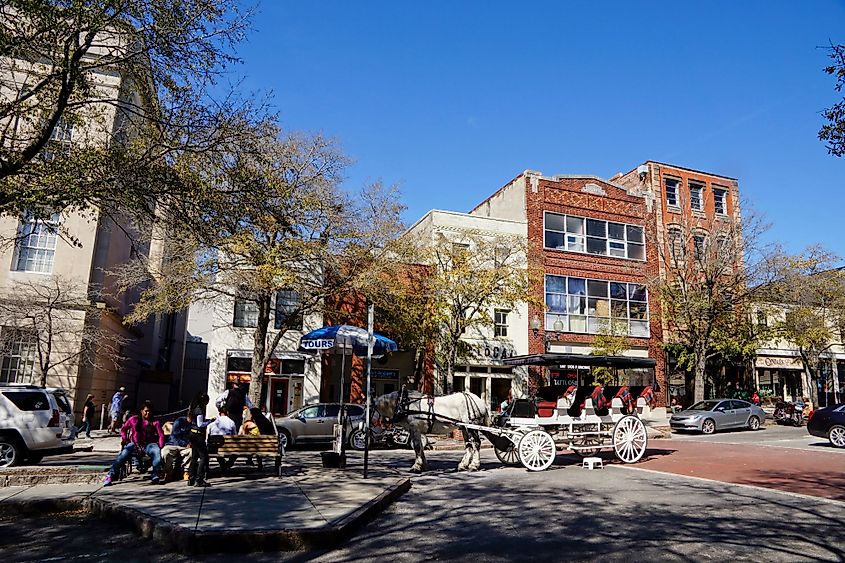
The waterfront downtown zone is where the excitement is in Wilmington for many guests, and a prolonged visit to this area is the highlight, if not the majority, of a fantastic Wilmington trip. Downtown Wilmington is rich in history, full of sights, and has all of the charming restaurants and stores of a large city while preserving its small-town seaside charm.
Wilmington is a must-see southern destination, from the downtown river area and Riverwalk that surrounds the famous Cape Fear River to the new and sophisticated facilities that are altering the riverfront's skyline. Wilmington, awarded America's Best Riverfront and rivaling Charleston and Savannah in elegance and history, serves as the gateway to everything this area has to offer.
